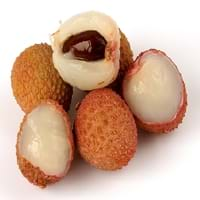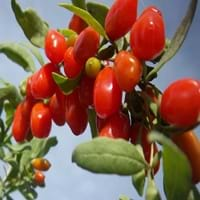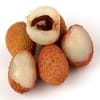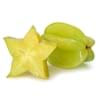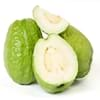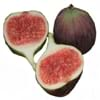Health Benefits
Cancer prevention, Cures gastro-intestinal troubles, Heart care, Muscle pain relief, Prevents blindness from diabetes
Anti-oxidant properties, Eye care, Helps in cartilage regeneration, Regulates Blood Sugar, Treatment of osteoarthritis
General Benefits
Boosts immune system, Digestive aid, Fights against infections, Helps in weight loss, Maintains healthy cholesterol level, Strengthens bones
Boosts immune system, Digestive aid
Skin Benefits
Anti-aging benefits, Skin rejuvenation
Anti-aging benefits, Reduces wrinkles, Treatment of skin diseases
Hair Benefits
Promotes longer and healthier hair, Protects hair
Protects hair, Regulates hair growth
Allergy Symptoms
Coughing, Diarrhea, Headaches, Hives, Itching, Labored Breathing, Nausea, Runny nose, Swelling of mouth, tongue or lips, Vomiting, Watery eyes
Anaphylaxis, Itching, Sneezing, Wheezing
Side Effects
May cause abdominal pain, Diarrhoea, Mouth irritation, Throat irritation, Weight gain
May interact with some drugs
Best Time to Eat
As a snack in the late afternoon, Don't consume at night and before bed, Eat the fresh ones, avoid mixing with any other foods, don't eat after meal., Morning time (before lunch), Strictly avoid empty stomach
Any time except an hour after meal, Don't consume at night and before bed
Vitamin B5 (Pantothenic Acid)
Vitamin C (Ascorbic Acid)
Vitamin K (Phyllochinone)
Phytosterol
Not Available
Calories in Fresh Fruit with Peel
Not Available
Calories in Fresh Fruit without Peel
Not Available
Calories in Canned Form
Not Available
Type
Tree fruit, Tropical
Berry
Season
Spring, Summer
Autumn
Varieties
Emperor fruit, Mauritiu, Sweet Heart, Brewster, Haak Yip and Bengal
No Types
Color
Bright red, Pink red
Scarlet red
Inside Color
Greyish-white
Orange
Taste
Crunchy, Juicy, Sweet
Slightly bitter, Tart
Origin
China, Indonesia, Philippines, Vietnam
Unknown
Soil Type
Alluvial, Loam, Well-drained
Well-drained
Climatic Conditions
Absence of strong wind, Cold, Dry, Without frosts
Cold, Hot
Facts about
- The seed of Lychee fruit is toxic & can adversely affect the digestive system.
- This fruit gives a smoky flavor when eaten dried.
- This fruit is a symbol of love and romance in China.
- Study says a man named Li Qing Yuen used to eat goji berries daily and lived for 252 years.
- They are also known as wolfberries in India & China.
- This fruit is used for spiritual purposes at many places.
Other Countries
Australia, India, South Africa, Thailand, United States of America
Canada, France, India, United States of America
Top Importer
Hong Kong
United States of America
Botanical Name
Litchi chinensis
Lycium barbarum
Synonym
Nephelium litchi
Wolfberry
Subkingdom
Tracheobionta
Tracheobionta
Division
Magnoliophyta
Unknown
Class
Magnoliopsida
Unknown
Subclass
Rosidae
Asteridae
Order
Sapindales
Solanales
Family
Sapindaceae
Solanaceae
Species
L. chinensis
L. barbarum
Generic Group
Soapberry
Not Available
Difference Between Lychee and Gojiberry
We might think that Lychee and Gojiberry are similar with respect to nutritional value and health benefits. But the nutrient content of both fruits is different. Lychee and Gojiberry Facts such as their taste, shape, color, and size are also distinct. The difference between Lychee and Gojiberry is explained here.
The amount of calories in 100 gm of fresh Lychee and Gojiberry with peel is Not Available and 32.00 kcal and the amount of calories without peel is 66.00 kcal and Not Available respectively. Thus, Lychee and Gojiberry belong to Low Calorie Fruits and Low Calorie Fruits category.These fruits might or might not differ with respect to their scientific classification. The order of Lychee and Gojiberry is Sapindales and Solanales respectively. Lychee belongs to Sapindaceae family and Gojiberry belongs to Solanaceae family. Lychee belongs to Litchi genus of L. chinensis species and Gojiberry belongs to Lycium genus of L. barbarum species. Beings plants, both fruits belong to Plantae Kingdom.
